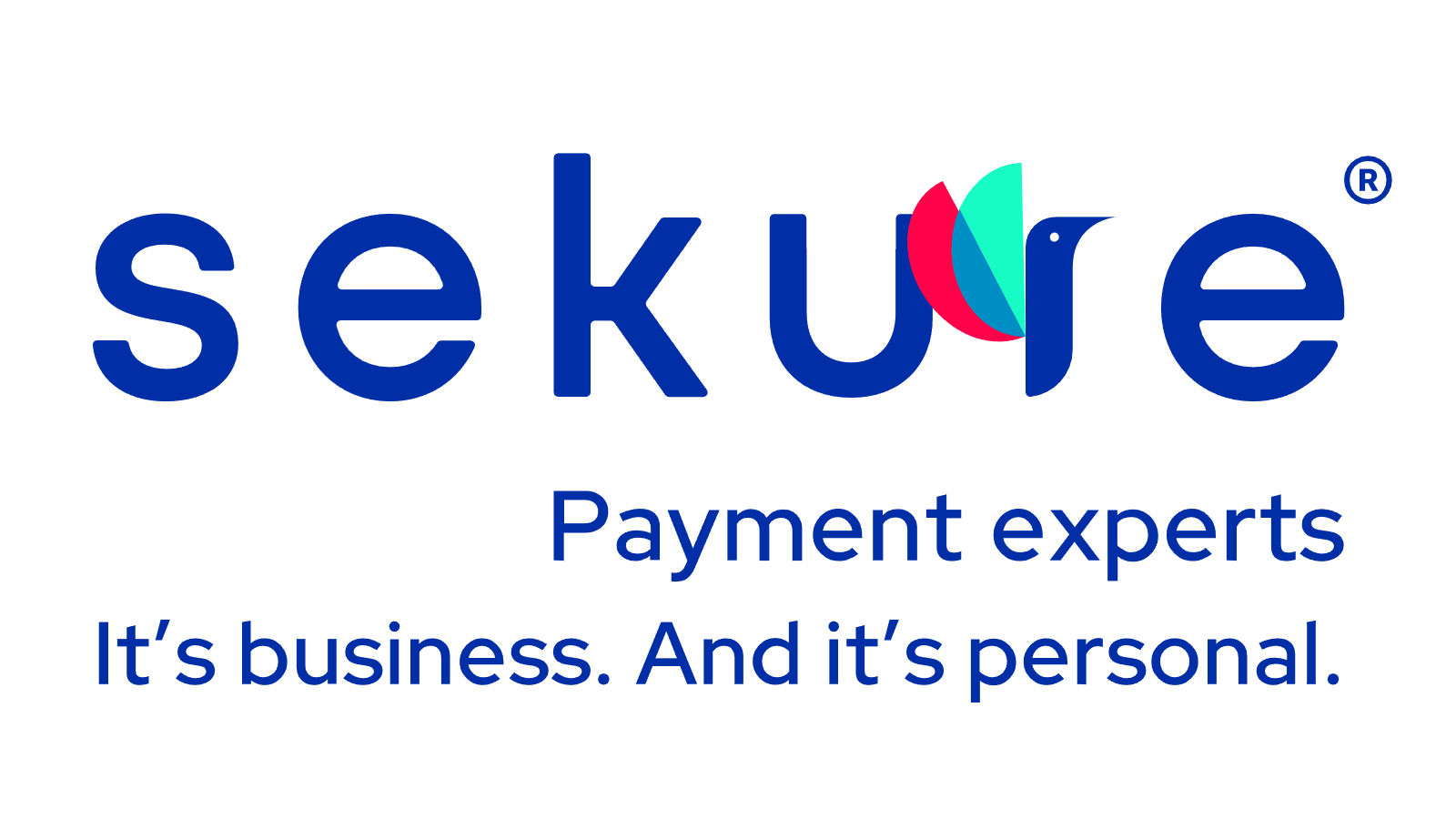OSHA and HIPAA compliance for your small healthcare practice: What you need to know
To stay compliant with HIPAA and OSHA, healthcare practices need technology that ensures patient data security, employee safety, and streamlines operations, minimizing risks and maximizing efficiency.

Jump to:
- HIPAA compliance: What are the requirements?
- OSHA compliance: What are the requirements?
- What’s the impact of noncompliance?
- How do you ensure OSHA and HIPAA compliance?
- How can effective, compliant tech help you grow your healthcare practice?
- Stay compliant and safe with the right healthcare POS technology
Every healthcare practice revolves around providing outstanding patient care, but how can you keep your business compliant without losing sight of your patients?
Healthcare facilities must navigate strict regulations under the Health Insurance Portability and Accountability Act (HIPAA) and the Occupational Safety and Health Administration (OSHA) — both essential for protecting patient data and maintaining a safe workplace for employees. Compliance with these frameworks is what keeps your practice running smoothly, safeguards sensitive information and builds trust with those who rely on your care.
Failing to achieve compliance standards has major implications. HIPAA infractions can result in fines of up to $1.9 million per year, while OSHA penalties can be thousands per incident. Aside from the financial consequences, noncompliance can harm your brand, erode patient confidence and cause operational issues that are difficult to recover from.
The technology supporting your practice — from your point of sale (POS) system to backend software and security tools — directly impacts compliance. A HIPAA-compliant POS system with robust security measures safeguards sensitive health information and keeps daily operations seamless. Once you have the right protections in place, compliance will integrate effortlessly into your workflow. By doing so, you’ll give yourself the chance to focus on delivering top-tier patient care without unnecessary setbacks.
In this article, we'll discuss how to maintain HIPAA and OSHA compliance as well as how the right technology can help you keep on top of trends and improve your practice.
HIPAA compliance: What are the requirements?
HIPAA requirements and the Health Information Technology for Economic and Clinical Health Act — or HITECH Act — mandate legally binding rules for how to handle electronic protected health information (ePHI). Compliance is crucial for preserving your practice's security, effectiveness and integrity and is also required by law.
Fundamentally, HIPAA compliance is based on three key layers of protection to make sure patient information stays private, accurate and only available to those who really need it:
- Technical safeguards – Secure ePHI with encryption, access controls and system monitoring.
- Administrative safeguards – Establish policies, train staff and conduct routine risk assessments.
- Physical safeguards – Protect physical access to devices, workstations and paper records.
Keeping ePHI secure: The HIPAA security rule
Preventing unauthorized access, breaches and cyber dangers is the primary focus of the HIPAA rule known as the Security Rule. To ensure the continuous security of data, healthcare providers must put the following technical safeguards in place:
- Role-based access controls: Only authorized personnel should be able to access or modify patient records.
- End-to-end encryption: Encrypt data both in transit and at rest to prevent exposure if a breach occurs.
- Comprehensive audit trails: To ensure complete accountability, keep a thorough record of all data transfers, modifications and access attempts.
- Automatic system monitoring: Identify suspicious activity and potential breaches the moment they happen.
- Secure backups and disaster recovery plans: As a best practice, ensure patient records can be quickly restored after cyberattacks, system failures or natural disasters.
Controlling data sharing: The HIPAA privacy rule
In addition to securing patient data, HIPAA governs who has authorized access to, shares and discloses protected health information (PHI). The HIPAA Privacy Rule maintains the principle of minimum necessary use, which ensures that only critical data is provided for medical or operational purposes. Compliance requires:
- Strict privacy practices for data-sharing policies: Specify who has access to patient data, when they can access it and for what purposes.
- Privacy practices and procedures: Establish standardized protocols for handling ePHI securely.
- Comprehensive HIPAA training: Inform every staff member about patient rights, security threats and data privacy.
- Patient consent and disclosure policies: Ensure compliance with authorization requirements before sharing PHI.
- Regular privacy risk assessments: Identify and fix any possible data security flaws.
HIPAA compliance aims to establish a secure and reliable environment that fosters patient trust and operational efficiency. When clear policies, robust safeguards and well-trained staff work together, your practice not only protects sensitive health information but also runs more smoothly and confidently.
What happens if there’s a violation?
Although a data breach is usually seen as a technical issue, it is also a serious threat to your practice’s reputation, finances and patient trust. That's why it's important to move quickly when patient data is at risk. The HIPAA Breach Notification Rule makes it clear what healthcare providers need to do if someone unauthorized gets access to PHI, and the HIPAA Enforcement Rule ensures every misstep or noncompliance will be investigated thoroughly.
If there is a break, you need to do the following:
- Contain and investigate the issue immediately to assess the scope and prevent further exposure.
- Notify patients who are affected, the Department of Health and Human Services (HHS) and the public if the breach affects 500 or more people.
- Record everything, including the breach itself, the actions taken to fix it and the safeguards put in place to prevent it from happening again.
Compliance shouldn't feel like a daily burden but rather like an extra layer of safety. Having the right technology protects you and makes your work more efficient without causing unnecessary stress. A POS system and practice management software that is HIPAA-compliant not only keep patient information safe but also streamline daily tasks, which lets your team focus on what really matters: providing exceptional care.
The ideal system should have:
- End-to-end encryption to protect private health information and payment information for patients
- Strict user authentication so only authorized personnel can access PHI
- Detailed audit trails that log every transaction and interaction for full transparency
- Granular access restrictions, so that data exposure can be restricted according to role and need
- Secure data storage that meets every single HIPAA standard and keeps PHI protected from cyber threats
When compliance is seamlessly built into your technology, staying on top of regulations becomes second nature — without adding extra stress to your day. Instead of scrambling to meet requirements, your practice operates with confidence, and you can rest assured that you are avoiding risks and eliminating unnecessary headaches.
OSHA compliance: What are the requirements?
While HIPAA compliance focuses on patient data protection, OSHA compliance ensures a safe working environment for healthcare employees. Healthcare organizations must follow OSHA regulations to minimize workplace hazards — especially those unique to medical settings.
To stay OSHA-compliant, healthcare providers must follow the regulations on:
- Bloodborne pathogens: Staff must be trained on safely handling blood and bodily fluids to reduce exposure risks.
- Personal protective equipment (PPE): OSHA mandates that gloves, masks and other protective equipment be available and properly used.
- Ionizing radiation: Practices using X-ray machines must follow safety protocols to safeguard staff from radiation exposure.
- Workplace infection risks: Proper sanitation and exposure prevention help stop the spread of infections in the workplace.
- General workplace safety: Clinics must meet OSHA requirements for fire safety, electrical hazards and emergency evacuation plans.
Who needs to keep OSHA records?
Not every healthcare organization is required to maintain OSHA injury and illness records, but it’s important to determine whether your practice falls under an exemption. Small healthcare facilities with ten or fewer employees throughout the previous calendar year are generally exempt from routine OSHA recordkeeping. Additionally, certain low-risk health care sectors — such as private physicians or dental offices — may not be required to keep records unless specifically requested by OSHA or the Bureau of Labor Statistics.
However, exclusions do not mean there are no standards to follow. If your practice isn't exempt, you must use OSHA's 300 Log to keep track of accidents, illnesses and safety events at work. And, even if your practice is exempt, being proactive about workplace safety and keeping records can help lower risks and make sure you are ready for compliance in the event of an unexpected inspection.
Always consult OSHA's most recent recommendations to ensure your practice satisfies the necessary standards.
How healthcare tech helps maintain OSHA compliance
Understanding whether your healthcare facility needs to maintain OSHA records is the first step — ensuring compliance is the next. Modern practice management systems streamline OSHA compliance by centralizing critical safety measures and automating essential processes.
The right POS technology can:
- Offer tailored training modules that keep staff informed about safety procedures and workplace hazards.
- Keep OSHA-required safety policies, injury reports and incident logs securely stored and easy to access.
- Use self-inspection tools to spot compliance issues early and address potential risks before they become problems.
What’s the impact of noncompliance?
Failing to become HIPAA compliant or not meeting OSHA requirements is a regulatory misstep that can be a serious threat to your healthcare practice’s survival. Financial penalties alone can be devastating, with HIPAA violations ranging from $127 to $63,973 per issue, depending on severity, and an annual cap that can reach $1.9 million. Even a single mistake — like failing to encrypt PHI or improperly disposing of patient records — could result in fines that strain your business’s finances.
OSHA penalties aren’t any easier to swallow. A standard violation can cost $16,550 per incident, while willful or repeated violations come with even steeper fines. What we must understand about compliance is that it’s not just about avoiding penalties; the main focus is on keeping your employees safe. This is why workplace injuries, exposure to bloodborne pathogens or failure to provide PPE have serious consequences and could also lead to costly lawsuits and even force your practice to close its doors.
Beyond financial risks, noncompliance can permanently damage your reputation. A data breach or HIPAA violation could result in lost patient trust. And in healthcare, trust is everything. Patients expect their health information to be handled with care, and any hint of negligence can drive them to seek care elsewhere. Even if your practice recovers financially, rebuilding a tarnished reputation is far more difficult.
Simply said, compliance is an essential component of keeping your healthcare practice functioning effectively. Investing in the right HIPAA-compliant technology, training and OSHA safety measures ensures that you are not only protecting your financial line, but also your patients, staff and future success.
How do you ensure OSHA and HIPAA compliance?
Meeting HIPAA compliance requirements and OSHA standards is an ongoing process of vigilance, smart planning and strategic technology use. Using a HIPAA compliance checklist along with regular OSHA compliance reviews helps identify risks before they become costly violations. This way, you can ensure that your practice remains aligned with the latest privacy practices and security standards.
To keep PHI secure and create a safe workplace, healthcare providers should focus on these critical areas:
- Well-defined policies and procedures: It's crucial to set up explicit procedures for managing patient privacy and health information. Establishing standards lowers compliance risks, whether they are related to limiting authorized access, putting in place technical measures or making sure sensitive records are disposed of properly.
- Physical safeguards for data security: Cybersecurity is only one aspect of patient record protection. You can also avoid unauthorized intrusions by locking file cabinets, limiting access to workstations and managing ePHI exposure.
- Comprehensive employee training: Failure to have well-informed staff can mean failure to follow the regulations. Getting HIPAA compliance certification for your team helps them stay up to date with security and privacy rules as they change. They can then avoid common HIPAA violations, handle job hazards and protect patient privacy through regular OSHA safety workshops and HIPAA training.
- Seamless, secure technology integration: Every system in your practice, from POS terminals to billing software, should align with HIPAA security rule requirements. Features like encryption, audit trails and technical safeguards ensure that sensitive data remains protected at every stage.
Compliance is meant to be woven into every interaction, decision and process within your practice. Every touchpoint carries a compliance responsibility, from handling patient data at check-in to securing financial transactions and even how your staff communicates sensitive information. A single weak point, whether in billing, scheduling or data security, can expose your practice to risks that extend beyond fines, impacting patient trust and operational stability.
The key here is embedding compliance into the fabric of daily operations, making sure that security, privacy and efficiency function as one seamless system.
How can effective, compliant tech help you grow your healthcare practice?
A well-integrated compliance-focused practice management system creates a seamless, secure foundation that connects compliance, payments, scheduling and patient records. When your POS system, billing software and patient management tools work in sync, daily operations become smoother and administrative headaches start to disappear. Instead of juggling multiple disconnected platforms, your team can focus on providing quality patient care.
Built-in compliance, not a constant hassle
Healthcare technology provides ongoing industry expertise and updates to ensure your systems stay aligned with HIPAA security rules, privacy regulations and OSHA standards. This means compliance isn’t a manual burden on your staff but a natural part of your workflow, embedded in the technology you use every day. With the right tools in place, your team isn’t constantly checking for regulatory updates — they’re simply working in a system that’s already designed to meet those standards.
Payments that drive patient satisfaction
Compliance doesn’t just apply to data security — it extends to the entire patient experience, including payments. A HIPAA-compliant POS system that supports contactless payments, automated billing and flexible financing options streamlines transactions for both patients and staff. Patients expect a hassle-free checkout process, and when it’s quick, secure and transparent, it reinforces their confidence in your practice. At the same time, strong encryption and built-in security safeguards protect sensitive financial and medical information, reducing risk and strengthening trust.
Freeing your team for what matters most
When compliance, payments and patient management systems integrate smoothly, your staff spends less time navigating clunky workflows and more time on patient care. A well-connected system reduces manual data entry, minimizes errors and speeds up essential processes — all of which improve operational efficiency and create a more professional experience for your patients. This results in better patient retention, fewer administrative setbacks and a practice that’s set up for long-term growth.
Essentially, the ideal healthcare IT solution builds an ecosystem that allows your practice to grow with confidence, in addition to helping you manage compliance.
Stay compliant and safe with the right healthcare POS technology
A safe, effective and patient-centered practice is built on compliance. However, managing day-to-day operations while adhering to HIPAA and OSHA rules can be daunting. Sekure’s partnership with Rectangle Health gives you access to Bridge™ Compliance, a powerful suite of tools designed to simplify HIPAA and OSHA compliance while ensuring smooth daily operations.
With Bridge™ Compliance, your practice benefits from:
- Yearly risk evaluations to find and address any holes in HIPAA compliance before they become an issue
- OSHA self-inspection tool to keep your workplace safe and up to code
- Audit protection will protect your practice from unforeseen regulatory penalties
- Employee training modules to ensure your staff stays informed and compliant
- Secure document storage for easy access to HIPAA and OSHA policies and procedures
- Built-in encryption and access controls to keep patient data protected at every step
- Real-time compliance tracking to make it easier to keep an eye on and uphold regulatory compliance
- HIPAA BAA (Business Associate Agreements) management to simplify compliance with vendor agreements
- Tools for reporting incidents to proactively record and handle workplace safety issues
- Customizable compliance plans tailored to fit the unique needs of your healthcare practice
At Sekure Payment Experts, we work with you as consultants to make sure you get a solution that fits your needs perfectly, without any extra features or hidden costs. The HIPAA-compliant POS terminals included in these solutions strengthen your overall infrastructure, helping you maintain compliance while streamlining payments.
Learn more about the compliance functionality of Bridge™ from Rectangle and connect with Sekure to get started with the right payment and compliance tools for your practice.













